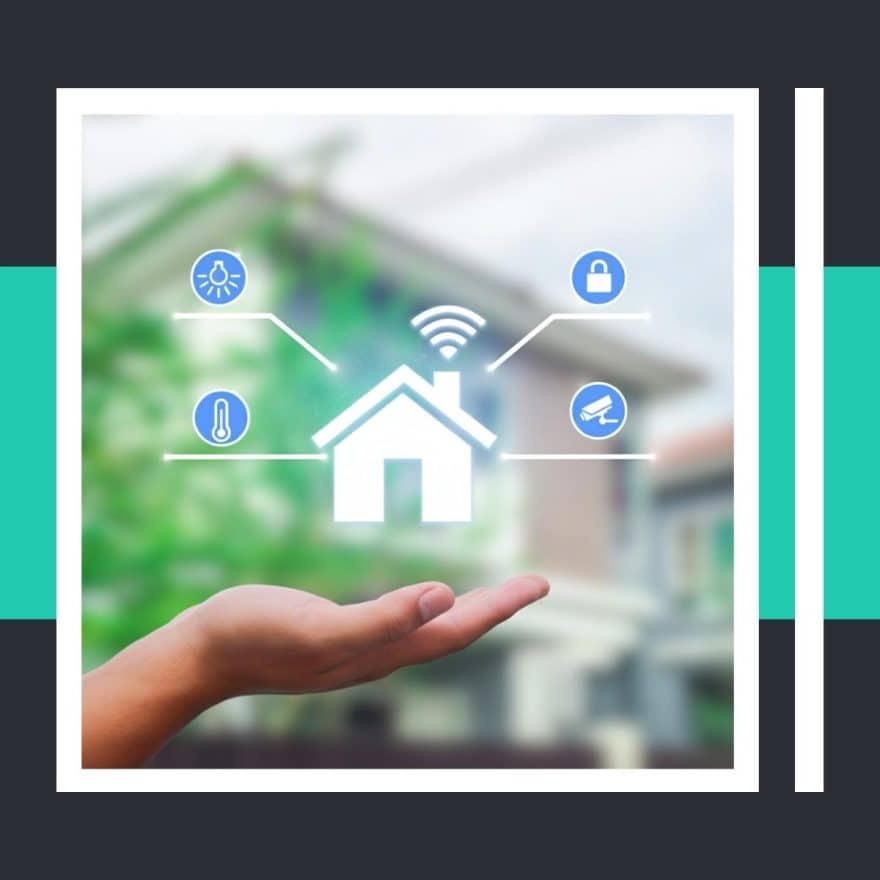Security Tips SMP News
How to protect your safe from break-ins
12th August 2024
At SMP Security Solutions, we understand that keeping your valuables safe and secure is a top priority. Whether you’re protecting important documents, cash, or other valuable assets, investing in a high-quality safe is just the beginning. To truly safeguard your belongings, it’s crucial to consider advanced security measures that can enhance your safe’s resistance to break-ins. In this post, we will explore the most effective strategies and advanced features to protect your safe from even the most determined intruders.
1. Choose the Right Location
First and foremost, the location of your safe plays a significant role in its security. Avoid obvious places like the master bedroom or the home office. Instead, consider installing your safe in a less conspicuous area, such as a basement or a hidden closet. The more out-of-sight your safe is, the less likely it is to become a target during a break-in.
In addition to strategic placement, consider installing an underfloor safe or wall safe. These types of safes are designed to be hidden from plain view, offering an additional layer of security. An underfloor safe can be concealed beneath flooring or a carpet, making it virtually undetectable to intruders if they don’t know where exactly to look. Similarly, a wall safe can be embedded into the wall and covered by a picture or mirror, making it an excellent choice for keeping your valuables out of sight.
2. Invest in High-Grade Materials
A safe is only as strong as the materials it’s made from, and independent certification bodies such as The European Fire and Security Group (EFSG), The European Certification Body (ECB-S), The Loss Prevention Certification Board (LPCB), who are part of the BRE, test and certify safes to a specific grade depending on the level of burglary resistance that they provide.
As technology advances, so do the tools burglars use. The T2 certification is a modernisation of the EN standards for safes and cabinets, updated to meet modern tooling methods. Additionally, look for safes with an AiS seal. An AiS approved safe confirms that the aforementioned independent testing bodies have independently tested these safes and are approved by The Association of Insurance Surveyors. This approval ensures that most UK insurance companies recognise the safe’s security and insurance value rating. Learn more about -> insurance approved safes.
3. Secure Your Safe to the Structure
Even the toughest safe can be compromised if it’s not properly anchored. Bolting your safe to the floor or wall makes it nearly impossible for thieves to carry it away. Some safes, including underfloor and wall safes, naturally incorporate this feature by design. However, if you have a freestanding safe, make sure it’s securely anchored. A professionally installed underfloor or wall safe not only keeps your valuables hidden but also makes it extremely difficult for burglars to remove the safe without causing significant noise and attracting attention.
4. Upgrade to an Advanced Locking System
While traditional key locks offer basic security, advanced locking systems provide far greater protection. Consider upgrading to a biometric lock that uses fingerprint recognition or a digital keypad with a time delay feature. Time-delay locks prevent immediate access by enforcing a waiting period between entering the code and unlocking the safe. This can thwart burglars in a hurry, making them think twice before continuing their efforts.
5. Implement Electronic Surveillance
Adding an electronic surveillance system around your safe can be a game-changer. Motion sensors, security cameras, and alarms can be integrated into your safe’s surroundings. If someone attempts to tamper with your safe, the alarm will sound, and you’ll receive an alert on your phone or other devices. This immediate notification allows you to act quickly, contacting the authorities or taking other necessary steps.
6. Consider Environmental Threats
In addition to protecting your safe from burglars, consider environmental threats like fire and flooding. Opt for a safe with fire-resistant capabilities that can withstand extreme heat for an extended period. Similarly, waterproof safes can protect your valuables from water damage in case of a flood. These features not only keep your items secure from theft but also preserve them in the event of a disaster.
7. Regular Maintenance and Security Updates
Lastly, regular maintenance of your safe is essential for ensuring its long-term security. Just like any other security device, safes require periodic checks and updates. Ensure that the locking mechanisms are functioning smoothly, and inspect for any signs of wear and tear. If you notice any issues, address them immediately. Furthermore, staying informed about new security technologies can help you decide when it might be time to upgrade your safe’s features.
Safes such as underfloor and wall safes might be more difficult to access for regular checks, so it’s important to schedule routine inspections through a trusted safes service and maintenance provider. This proactive approach ensures that your safe remains a formidable barrier against theft and your valuables stay protected.
For more detailed guidance, check out our dedicated blog on safe maintenance tips to keep your safe in peak condition.
Similarly, if you have an older safe and are considering whether it might be time for a replacement, you can find useful information in this blog.
In conclusion, securing your safe involves more than just purchasing a sturdy box. By implementing these advanced security measures, you can significantly enhance the protection of your valuables. At SMP Security Solutions, we’re here to help you choose the best solutions for your security needs. Send us your inquiry below or contact us—our expert safe advisors will be happy to assist you.
Get in Touch
Make an enquiry
PLEASE NOTE: Emails are monitored during normal office hours only. If you require urgent attendance of a locksmith or safe engineer please call our help desk on 01952 585673.


